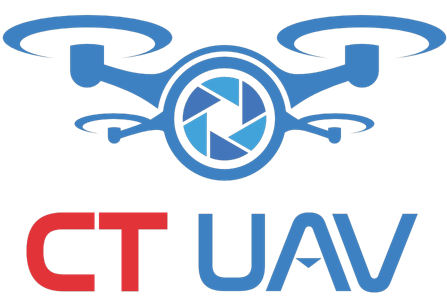The market for electric vertical take-off and landing (eVTOL) aircraft is experiencing significant growth, driven by advancements in urban air mobility (UAM) and electric propulsion technologies. According to a report by Persistence Market Research, the global eVTOL market revenue is projected to reach $676.5 million by 2025, expanding to $2.93 billion by 2032, with a compound annual growth rate (CAGR) of 23.3% over the period 2025–2032.
Market Overview & Growth Trends
The eVTOL market is rapidly expanding due to the increasing demand for sustainable and efficient urban transportation solutions. These next-generation aircraft are designed for short-haul flights and intra-city mobility, offering a viable alternative to conventional transportation modes.
The impressive 23.3% CAGR from 2025 to 2032 underscores the dynamic growth of this sector. Key milestones anticipated in the coming years include regulatory approvals, commercial deployment, and infrastructure development. As governments and private enterprises invest in urban air corridors and vertical airports (vertiports), eVTOL aircraft are poised to revolutionize urban mobility on a global scale.
Key Drivers of Market Growth
Sustainable Mobility Trends: The global emphasis on eco-friendly transportation and the urgent need to reduce carbon emissions are key catalysts for eVTOL adoption. With escalating urban congestion, governments and regulatory bodies are prioritizing sustainable aviation solutions.
Technological Advancements: Breakthroughs in battery energy storage, artificial intelligence (AI) for autonomous navigation, and automation are enhancing eVTOL viability. Improvements in battery efficiency, power-to-weight ratios, and hybrid propulsion integration are mitigating operational limitations.
Robust Investment Inflows: Major aerospace corporations, startups, and governmental agencies are investing heavily in research and development. Capital funding rounds, strategic partnerships, and regulatory support are accelerating market growth.
Technological Innovations & Emerging Developments
Advanced Battery Technologies: Enhancements in energy density, fast-charging capabilities, and safety improvements are facilitating the broader deployment of eVTOLs.
AI-Powered Autonomous Navigation: AI is redefining flight operations through route optimization, precision flight control, and collision avoidance systems.
Noise-Reduction Technologies: Innovations in low-noise propulsion systems and airspace integration strategies are mitigating urban noise pollution, fostering public acceptance of eVTOL aircraft.
Regulatory Progress & Infrastructure Development
The evolution of regulatory frameworks is a critical determinant shaping the eVTOL industry. Aviation authorities such as the Federal Aviation Administration (FAA) and the European Union Aviation Safety Agency (EASA) are making significant strides in establishing certification standards for eVTOL aircraft. These regulations will expedite the commercialization of urban air mobility services.
Furthermore, the expansion of vertiport infrastructure is gaining momentum in key metropolitan regions. Investments in air traffic management systems are also contributing to the development of a safe and efficient operational ecosystem for eVTOLs. Governments worldwide are enacting policies to support sustainable aviation, unlocking vast market potential.
Market Segmentation & Applications
The eVTOL market is segmented into several critical applications, each contributing to the industry’s rapid expansion:
Passenger Transport: Urban air taxis and regional connectivity solutions offer an efficient alternative to ground transportation, alleviating urban congestion and reducing travel time.
Cargo & Logistics: eVTOL aircraft are set to revolutionize e-commerce deliveries and medical supply transportation, ensuring faster and more reliable logistics solutions.
Defense & Military Applications: Defense agencies are exploring eVTOL applications for surveillance, reconnaissance, and troop transportation.
Emergency Medical & Disaster Relief Services: eVTOLs play a pivotal role in medical evacuation and disaster response, enabling rapid deployment in emergency scenarios.
Challenges & Barriers to Adoption
Despite its promising outlook, the eVTOL market faces several hurdles:
Technical Constraints: Battery performance, flight range, and charging infrastructure limitations remain key challenges.
Regulatory Hurdles: Integrating eVTOLs into existing airspace management systems necessitates complex regulatory adjustments.
Public Acceptance & Safety Concerns: Addressing safety perceptions and noise pollution is imperative to foster widespread adoption.
Future Prospects
Commercial eVTOL operations are expected to commence by the end of this decade, with widespread adoption projected by 2032. As eVTOL aircraft emerge as a practical alternative to conventional transportation, they will contribute to reducing urban congestion, enhancing mobility efficiency, and supporting sustainable development goals through carbon footprint reduction.
